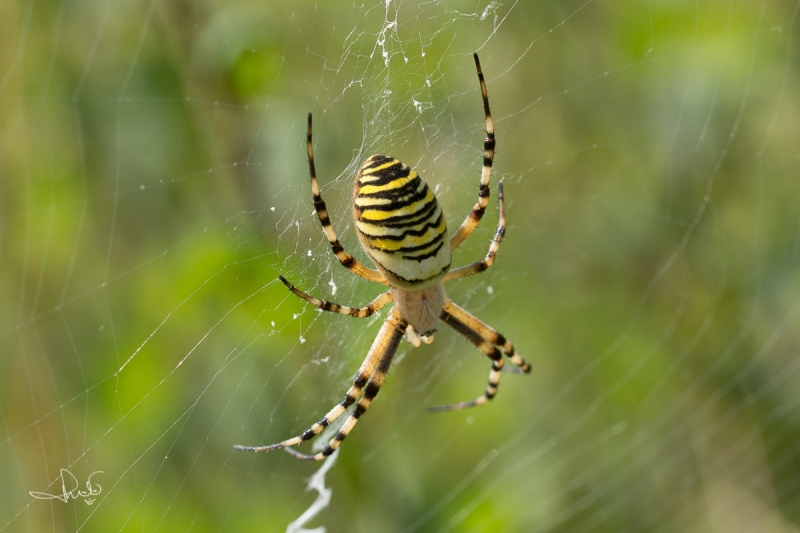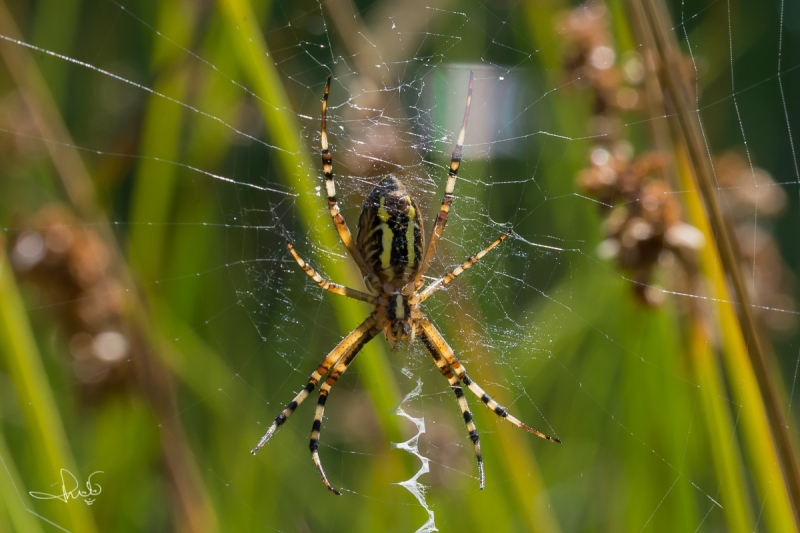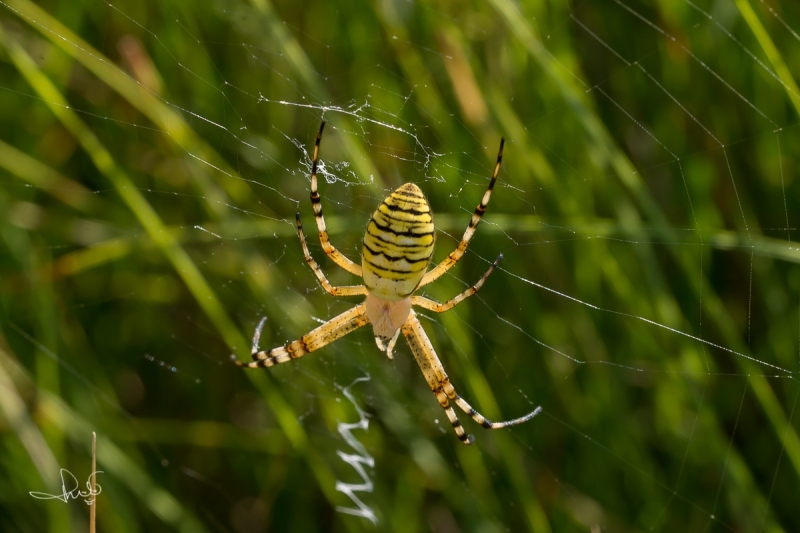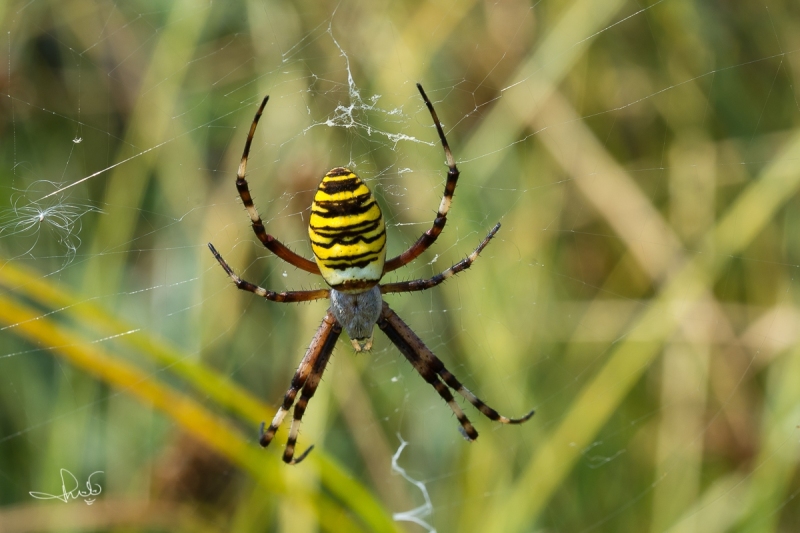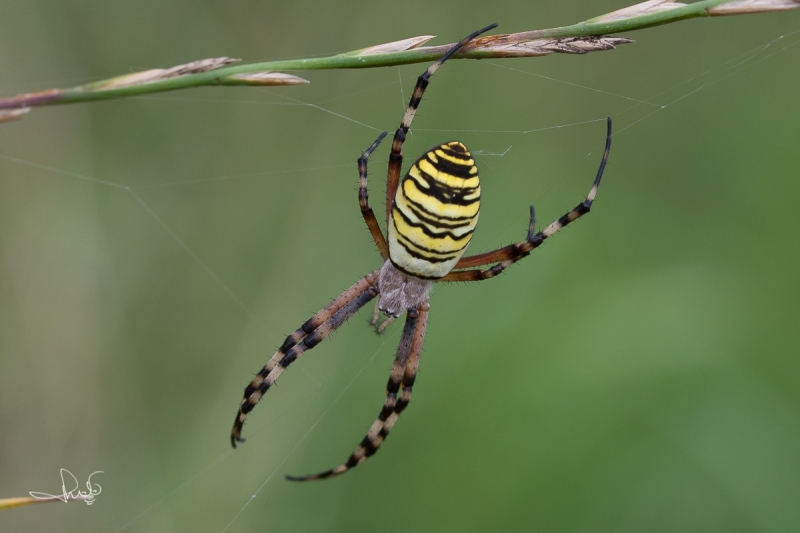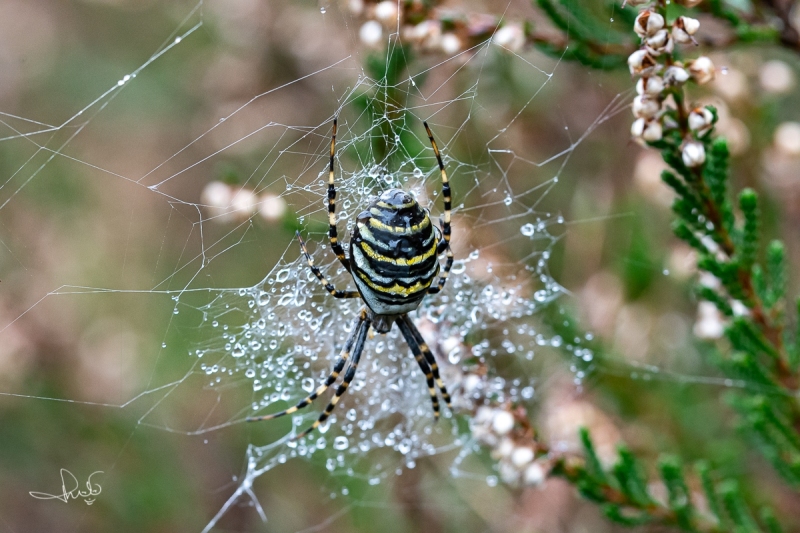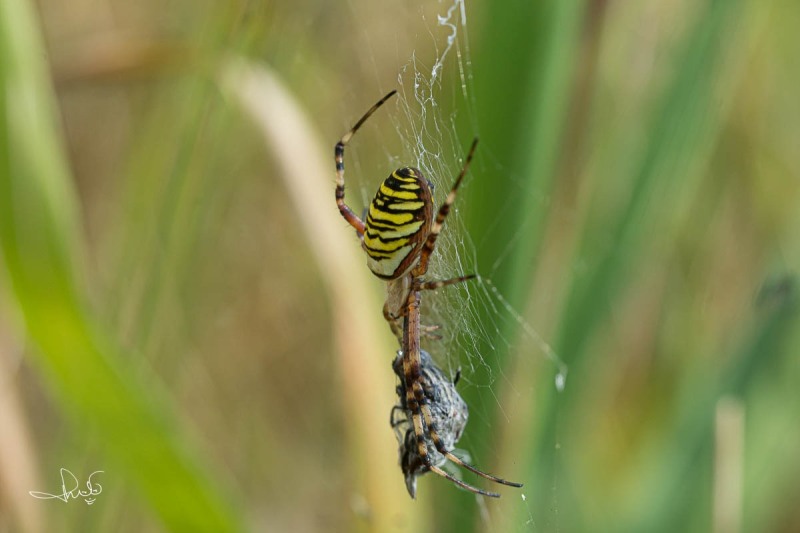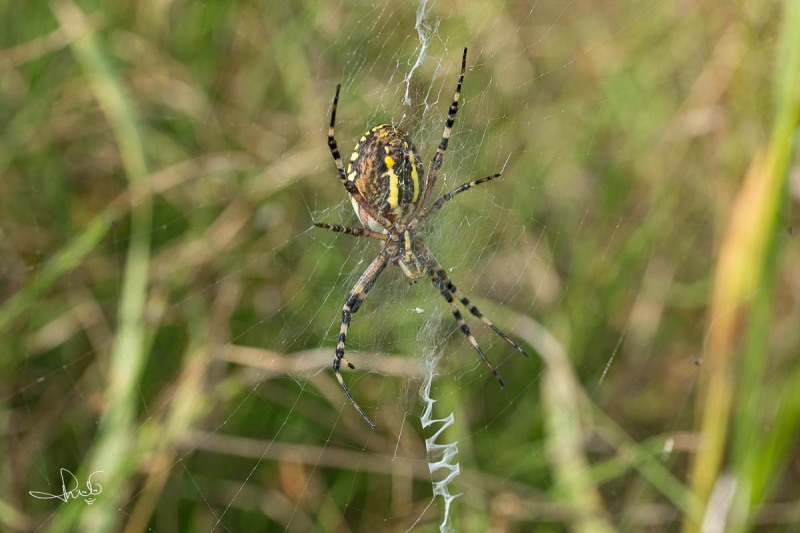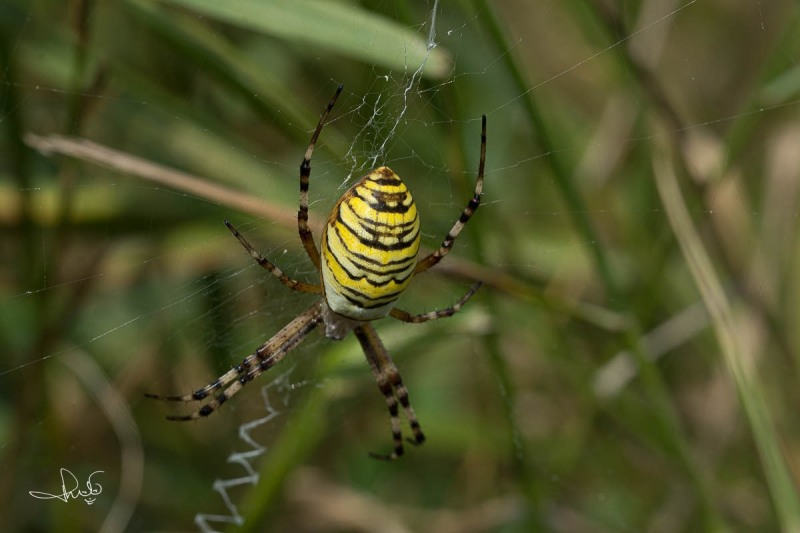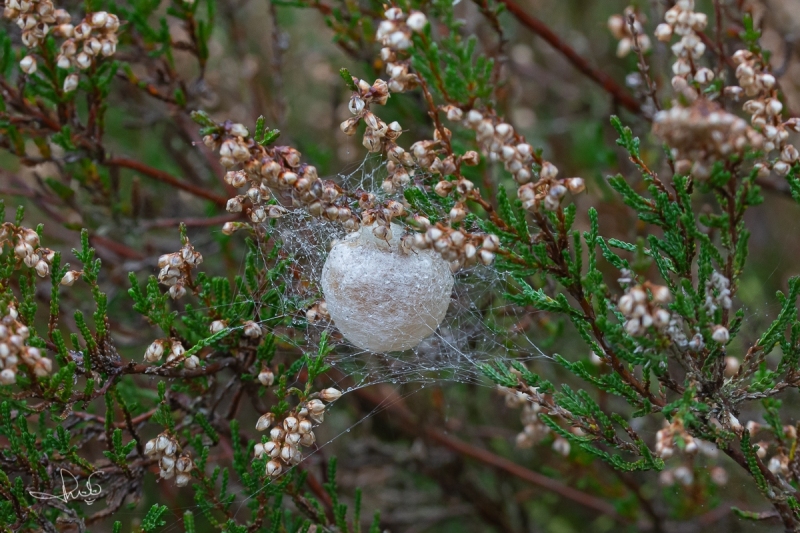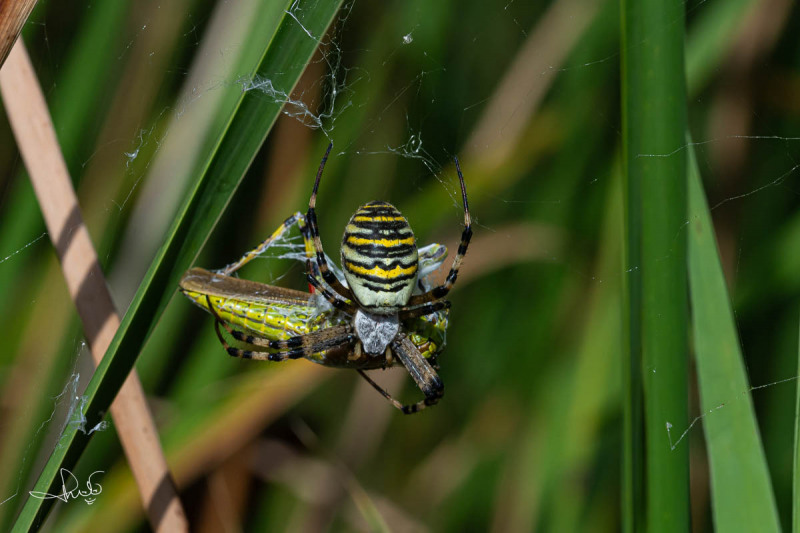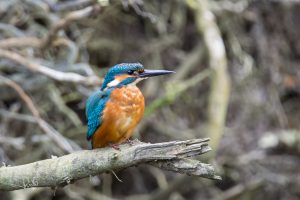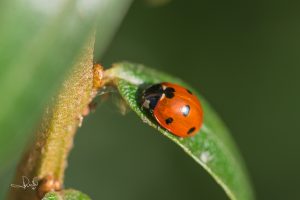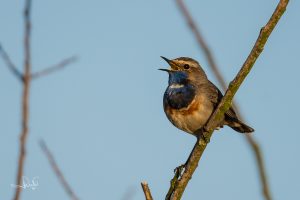Spiders are often associated with autumn. People often say that there are more spiders in fall than in any other time of year. But that’s a myth, there are no more spiders in autumn than in summer. However, they are more noticeable in fall and easier to find. This has to do, among other things, with their life cycle. Most spider species that occur in the Netherlands lay their eggs in autumn and these only hatch in spring. After hatching they are still very small, sometimes only tenths of a millimetre. By the time autumn rolls around, these tiny spiders have grown into adults and they can make spider webs. So, there are more webs in autumn. Plus the fact that the spider webs are often covered in dew in the morning in autumn, which makes them more noticeable. Spiders also cannot tolerate cold and certainly not frost. Many spiders therefore die at the beginning of winter or they look for a nice warm and sheltered place to hibernate. For example in your house or in a shed or garage. You will rarely encounter a spider web outside in winter. So there are no more spiders in autumn than in summer, they are just more noticeable.
Large females
One of those spider species that you can see outside in the summer is the wasp spider (Argiope bruennichi). A fairly logical name if you take a look at the black and yellow striped abdomen. In the wasp spider we can clearly observe sexual dimorphism, the female is a lot larger than the male. From the head to the tip of the abdomen she measures approximately 1.5 centimetres. The big thick legs make her look even bigger. It is also one of the largest spiders in Europe. The male is a lot smaller and does not grow much larger than half a centimetre. He is also dull brown in colour and is therefore much less noticeable than his wife.
Mating twice
Mister and missus wasp spider are not exactly in a happy relationship. Something that is often the case in the spider world. You probably know the story of the black widow (Latrodectus mactans), in which the female kills the male after mating. The fate of the male wasp spider is not much better. Firstly it can only mate twice. It is equipped with two genitalia and one of them remains inside the female after mating. This way the male prevents another male from fertilising this female after him. If he is lucky, after mating he quickly runs away in search of another female. However, he is usually unlucky and is anaesthetised and injected by the female immediately after mating to serve as food for her later.
Short life
The life of the male is therefore very short. He is generally only allowed to enjoy his adulthood for a few days. The female, on the other hand, lives on happily for a while. About a month after mating, she deposits her eggs in a large egg sac, which she spins among the vegetation. This cocoon contains hundreds of eggs and the female guards them until she dies. So she doesn’t see her own offspring hatch and grow up. About a month after the eggs are deposited, the young spiders hatch, but remain snug in the cocoon until the next years’ spring arrives. “Cocooning” at its best. If you look closely you can spot the dark-striped egg sacs in winter, about the size of a golf ball. After the cold period, around March, the young spiders emerge from the cocoon and then grow into adults.
Stabilimentum
The wasp spider’s diet consists mainly of grasshoppers, dragonflies and beetles. Not the very small ones, but serious prey such as the large marsh grasshopper (Stetophyma grossum) and darters (Sympetrum). Like most spiders, they also make a web, an orb web in this case. That is actually the traditional spider web that looks like a wheel. To maximise the chance of success, she makes the web as low as possible in the vegetation between the blades of grass. Characteristic of the wasp spider’s web are the two extra thick zigzag-spun mats that come from the middle: the web decoration or stabilimentum. The function of this is not yet fully known. One explanation is that this would further attract insects by reflecting UV light. Another explanation is that it is therefore more noticeable to larger animals and birds. It has been shown that webs containing stabilimenta are less often damaged by birds flying through them.
Nice juicy meal
The spider then hangs in her web with her head down, waiting for a tasty snack. As soon as prey gets stuck in the web, it is immediately attacked, injected with a paralyzing venom and wrapped in spider silk. When the prey is being paralysed it is also injected with a protein-dissolving enzyme, which digests it from the inside. Spiders cannot digest their prey internally and must therefore do so outside their bodies. Once it has become a tasty paste, the spider then sucks up the liquid components. Enjoy your meal!
Southern European guest
The wasp spider is now also found in Northwestern Europe but this was not always the case. The species has its roots in the Mediterranean region, but has now spread throughout Europe. In the Netherlands the species was first discovered in 1980, in the province of Limburg in the south of the Netherlands. In recent years it has been found throughout the country, even on the islands Terschelling and Ameland. The first known UK record of the wasp spider stems from Rye, Sussex in 1922. After having been restricted to the south coast is has since – just as in the Netherlands – spread across the country and is frequent throughout much of southern England.This northward spread on the continent as well as in the UK could be related to higher summer temperatures and mild winters.
Mimicry
The colour of the spider suggests that it is poisonous. See also, for example, the black and yellow caterpillar of the cinnabar moth (Tyria jacobaeae). This caterpillar is indeed poisonous to birds and they are happy to let the animal pass them by. This deterrent strategy is called aposematic coloration. However, the wasp spider is not poisonous to birds and certainly not to humans. The spider therefore abuses the deterrent colours of other animal species to prevent them from being eaten, a form of mimicry. And apparently it works, because birds leave the wasp spider for what it is and look for other tasty snacks. The eggs or young wasp spiders, for example, because they do eat those. However there are hundreds of spiderlings in a nest, so there are always enough left to grow into adult wasp spiders.
So don’t be afraid if you see a wasp spider, but just appreciate their interesting story for a moment and enjoy this beautiful creature.
Sources:
This blog was originally published in Dutch on October 16th 2018



